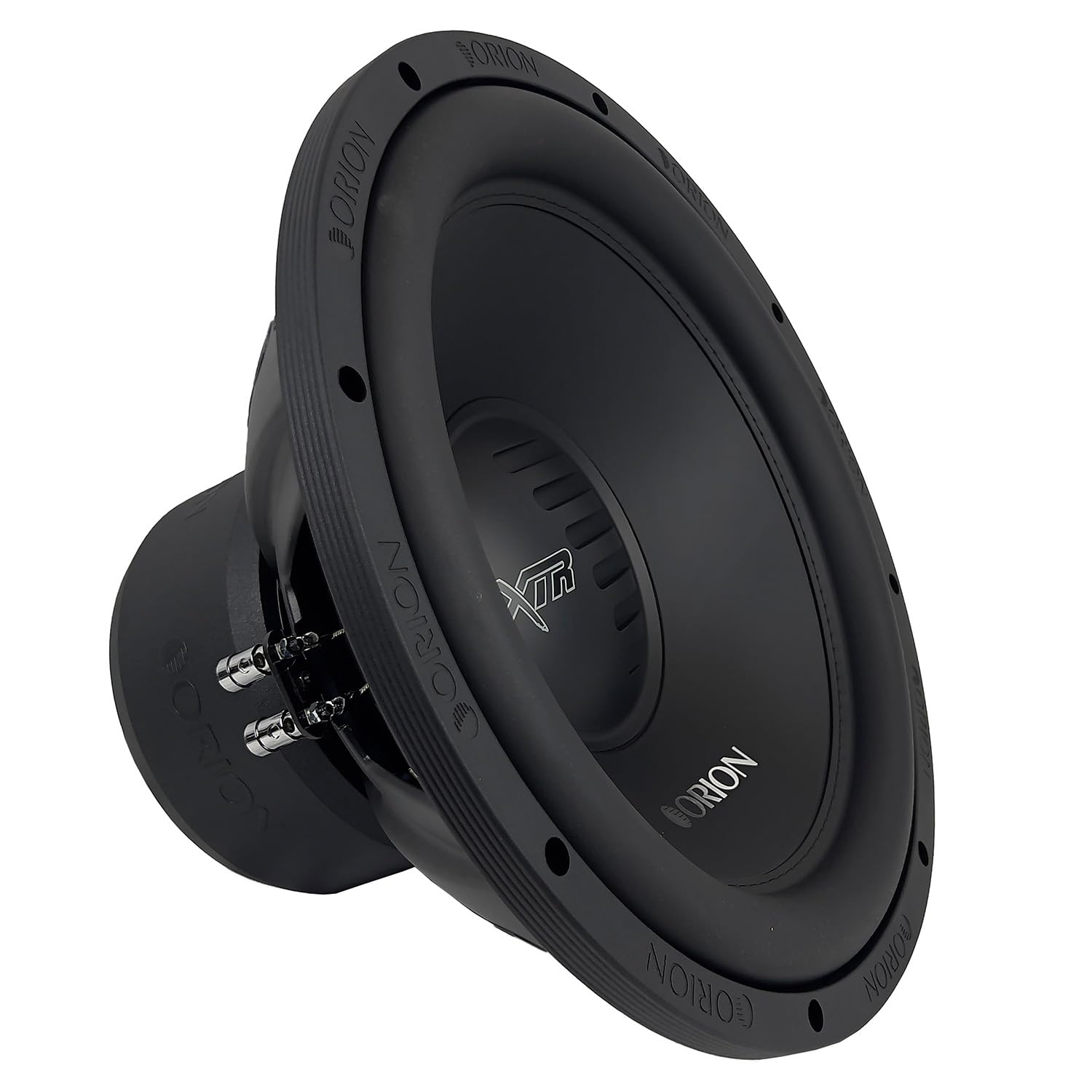When it comes to upgrading your car’s sound system, one of the most important decisions is choosing between coaxial and component speakers. Both setups serve the same purpose—delivering better audio quality than your factory system—but they do it in very different ways.
The right choice depends on your listening preferences, installation goals, and budget. In this guide, we’ll explore how coaxial and component speakers work, the pros and cons of each, and how to decide which one fits your ride best. We’ll also touch on how advanced speakers like the apocalypse ap-m61se pro fit into the component category for those seeking serious performance.
Understanding the Basics: What Are Coaxial and Component Speakers?
Coaxial Speakers (Also Known as Full-Range Speakers)
Coaxial speakers combine multiple drivers—typically a woofer and a tweeter—into a single unit. This makes them compact and easy to install, often as direct replacements for factory speakers.
Key Features:
-
Woofer and tweeter share a common axis
-
Often includes basic built-in crossover
-
Comes in 2-way, 3-way, or even 4-way versions
Best for: Plug-and-play users who want a quick upgrade with improved clarity and range.
Component Speakers
Component systems separate the woofer, tweeter, and crossover into individual parts. This allows for flexible placement and more precise sound staging.
Key Features:
-
Separate woofer and tweeter units
-
External crossovers for frequency control
-
Allows for better imaging and tuning
Best for: Audio enthusiasts looking for superior sound quality, tuning potential, and spatial accuracy.
Coaxial Speakers: Pros and Cons
✅ Pros:
-
Easy installation – often fits directly into factory mounts
-
Compact design – no need for complex wiring or multiple mounts
-
Affordable – budget-friendly with decent sound upgrade
-
Ideal for casual listeners – clearer sound than stock speakers
❌ Cons:
-
Less precise imaging – tweeter and woofer are locked in one position
-
Limited crossover control – internal filters are basic
-
Less customization – can’t tailor the sound stage or angles
Component Speakers: Pros and Cons
✅ Pros:
-
Superior sound quality – better clarity, separation, and response
-
Accurate imaging – tweeter placement improves stereo effect
-
Tuning control – use external crossovers or DSPs for precise frequency management
-
Expandable – great base for building full-stage audio systems
❌ Cons:
-
More complex installation – requires mounting and wiring separate drivers
-
Higher cost – more components and better materials
-
Not ideal for factory replacement without modification
Sound Quality Comparison
When installed and tuned correctly, component speakers generally outperform coaxials in every category—especially in clarity, staging, and tonal balance.
Coaxial speakers, while much improved from older generations, still compress multiple sound elements into one point, which can cause phase issues or sound overlap. Component setups, by contrast, allow for tweeters to be mounted at ear level while woofers stay lower, creating a more immersive listening experience.
Speakers like the apocalypse ap-m61se pro, for instance, fall into the category of component midrange drivers—designed for custom installs where clarity and output matter. Even though we’re not doing a full review here, this type of speaker highlights how mid and high separation leads to better vocal accuracy and depth in a tuned setup.
Installation and Vehicle Fitment
Coaxial systems shine when:
-
You’re replacing factory speakers with minimal effort
-
You’re working with a limited budget or time
-
Your vehicle doesn’t have factory tweeter locations
Component systems work best when:
-
You’re doing a full audio build or have aftermarket amps/DSPs
-
Your car has space for tweeter mounting (A-pillars, dash)
-
You’re aiming for competition-level or audiophile-grade sound
Even basic component kits include mounting hardware and passive crossovers to help integrate them into your vehicle, but professional installation is often recommended for best results.
Power Handling and Amplifier Matching
Regardless of speaker type, power matching is key. Component speakers generally handle higher RMS power and benefit from external amplification, whereas coaxials can often run off factory head units or modest aftermarket amps.
Component drivers like the apocalypse ap-m61se pro typically require clean power to perform at their best. Even at moderate volume levels, the added detail and low distortion from an external amp can make a noticeable difference.
Price vs Performance
If budget is your main concern, coaxial speakers give you solid value with easier setup and clear improvement over stock. They’re especially useful in rear doors or as quick replacements.
But if you’re seeking a balanced, high-performance system, investing in components—particularly for your front stage—will pay off with a richer, more defined sound.
| Setup Type | Sound Quality | Installation | Customization | Price |
|---|---|---|---|---|
| Coaxial | Good | Easy | Low | Low |
| Component | Excellent | Moderate-Hard | High | Medium-High |
When to Mix Both
A popular strategy is to use component speakers in the front (where soundstage matters most) and coaxial speakers in the rear (for fill). This hybrid approach balances performance and budget.
You can also pair them with a dedicated subwoofer and midbass speakers like the apocalypse ap-m61se pro for added control over your system’s frequency distribution.
Final Thoughts: Which Is Right for You?
There’s no one-size-fits-all answer. The right speaker system for your ride depends on your goals:
-
Want better sound with easy install? Go with coaxials.
-
Want full control and audiophile quality? Choose components.
-
Building a layered system with subs and tuning tools? Components are the way to go.
-
Just want something louder than stock? Coaxials will still make a big difference.
Whether you’re dropping in a quick upgrade or designing a fully tuned system featuring mids like the apocalypse ap-m61se pro, it’s all about matching your setup to your expectations—and your vehicle.
In the end, great sound starts with great choices—and knowing the difference between coaxial and component speakers is one of the smartest first steps.






